
Don't want to miss a thing?
Why iPaaS is Replacing Traditional Integration
Integration Platforms as a Service (iPaaS) have become one of the fastest-growing areas in enterprise software. The reason is simple: they take over much of the heavy lifting in integration projects. Instead of developers spending time on low-level coding for encryption, data transformation, or deployment procedures, iPaaS handles these tasks out of the box. That frees teams to build solutions that move the business forward.
This article looks at how integration has evolved, why companies are moving from Enterprise Service Bus (ESB) solutions to iPaaS, and what makes today’s leading platforms so effective.
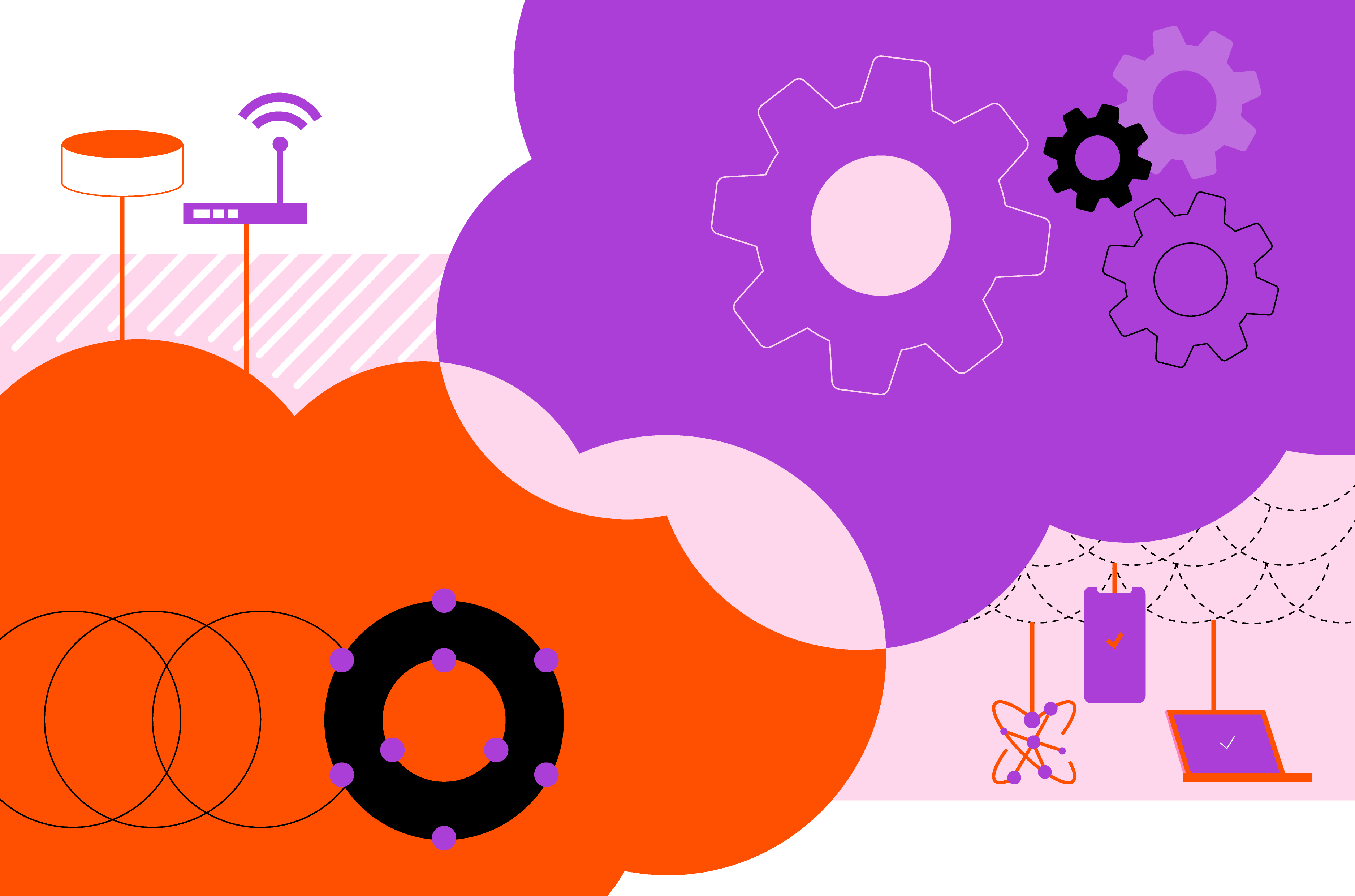
FROM ESB TO IPAAS: A CHANGING LANDSCAPE
A decade ago, enterprises were adding more and more systems like HR tools, portals, finance platforms, and others. Each new system created the need to synchronize data quickly across different environments.
At the time, the Enterprise Service Bus (ESB) was the standard approach. ESB provided transactional control, data transformation, and manipulation between systems. It worked well for on-premises and legacy environments, but as integration needs became more complex, ESB started to show its limits.
ESB VS IPAAS: KEY DIFFERENCES
The Enterprise Service Bus was built for a different era. It helped organizations manage data within local or legacy systems, long before the cloud became central to IT strategy. While ESB still has value for coordinating data in traditional environments, it lacks the flexibility needed for today’s distributed, cloud-first architectures.
iPaaS, on the other hand, was designed with the cloud in mind. It supports integrations across cloud applications, hybrid setups, and even on-premises systems when needed. Removing the need for heavy hardware and manual configuration makes integration faster and more scalable.
The main differences between ESB and iPaaS become clear when looking at three areas:
- Scalability
ESB focuses on vertical scaling, expanding the capacity of a single system. iPaaS is better suited for horizontal scaling, where new systems and components can be added to the environment with minimal effort. - Multitenancy
iPaaS is built for multitenancy, enabling real-time access to data across multiple systems or applications. ESB is less equipped to handle such distributed, always-on demands. - Microservices
Modern platforms support microservices architectures far more effectively than ESB. With iPaaS, organizations can connect lightweight, independent services to create flexible and modular systems.
Together, these differences explain why many enterprises are moving from ESB to iPaaS: the latter simply fits better with modern IT strategies and cloud-driven growth.
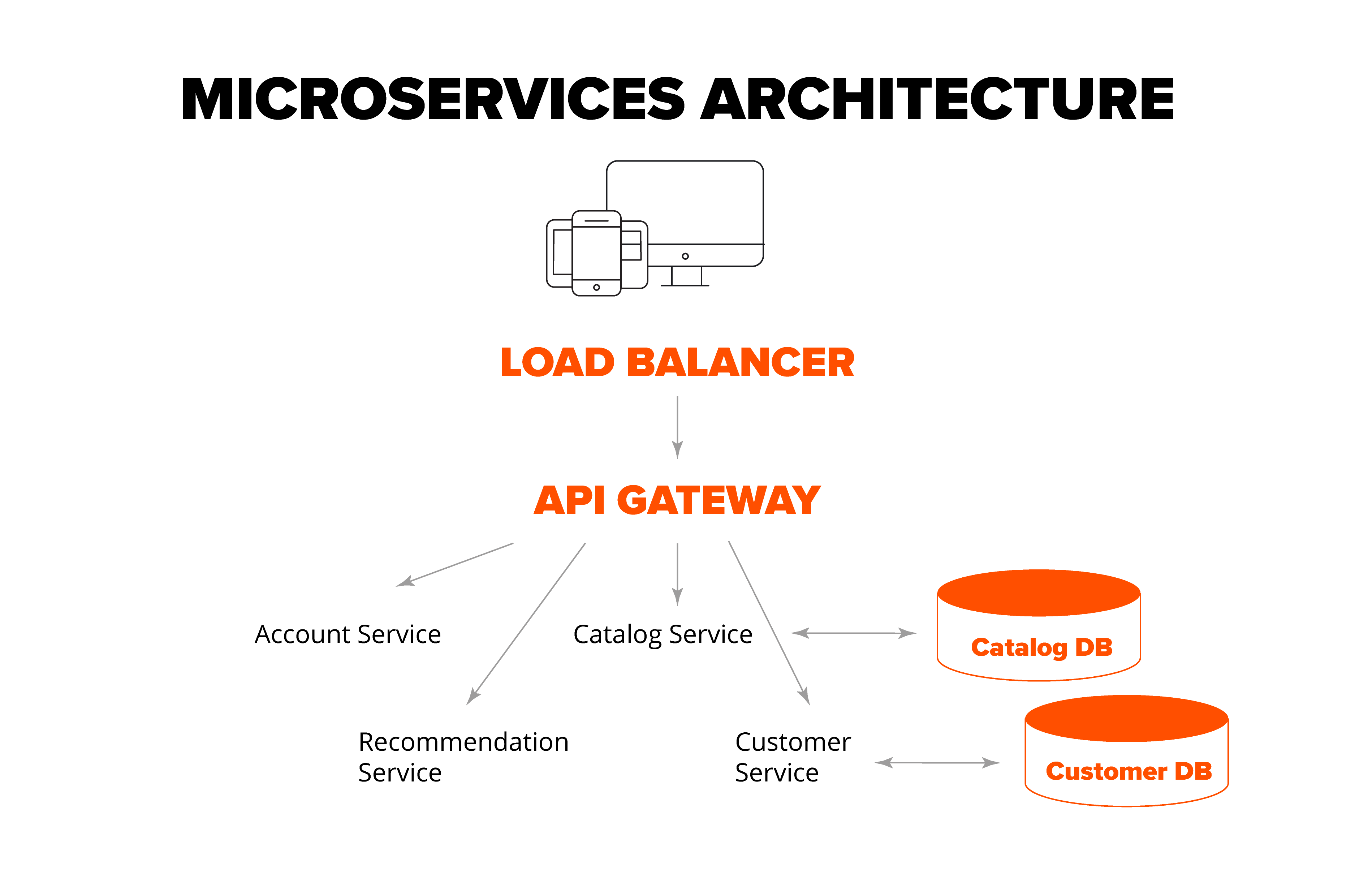
WHAT IPAAS BRINGS TO THE TABLE
What sets iPaaS apart is the range of capabilities it offers out of the box. Instead of building integrations from scratch, teams can use built-in tools to speed development and reduce complexity.
Most iPaaS platforms support key features such as:
- API management
- Service discoverability
- Serialization
- Dynamic process routing
- Docker and container support
- External load balancers
- Custom authentication
- Standard industry communication protocols
- Platform APIs
One of the biggest advantages is the availability of ready-to-use connectors. These are prebuilt components that make it easy to link widely used systems, platforms, and applications. Instead of spending weeks developing custom integrations, teams can plug in a connector and get systems talking almost immediately.
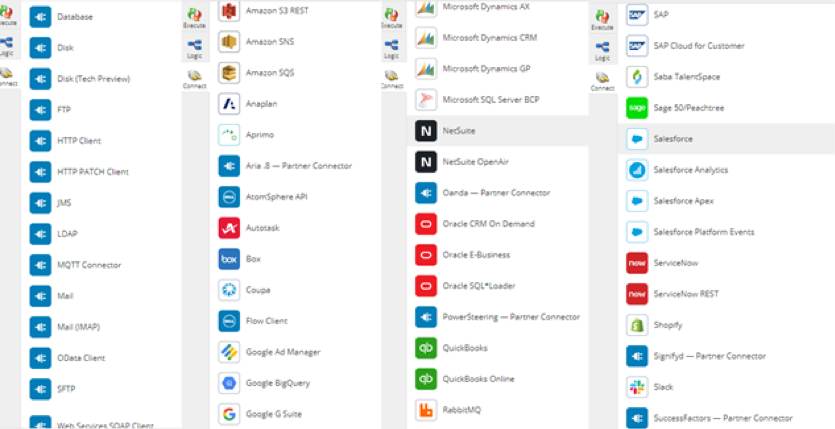
Data mapping is another powerful capability. It allows data to be transformed from one format into another quickly and reliably. This ensures that information can move smoothly between different applications, even if they use different data structures.
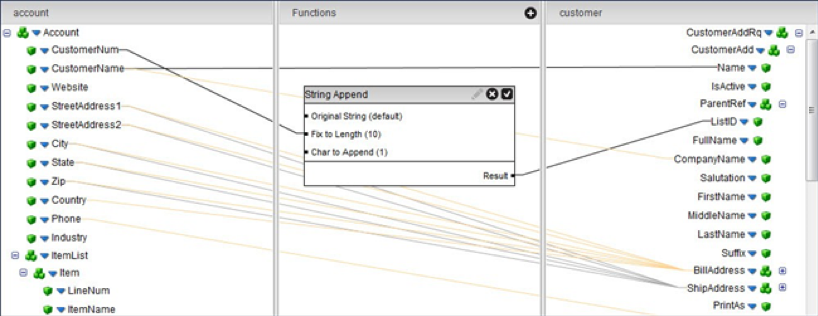
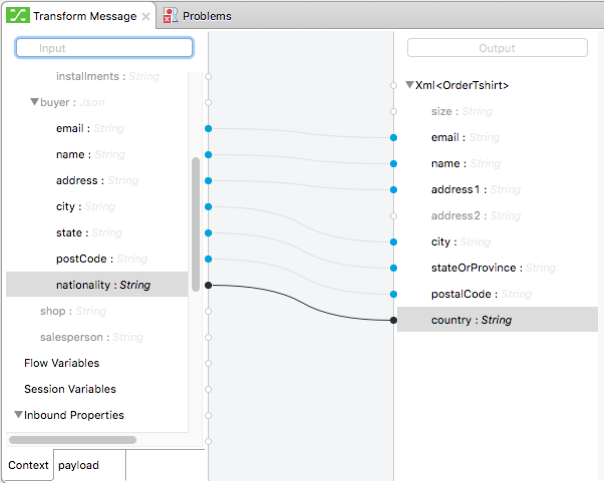
REAL-WORLD EXAMPLE
To see how iPaaS works in practice, consider a project where we built a solution to synchronize data across four separate human capital management (HCM) systems.
The integration was designed with an event-driven, near-real-time approach. Whenever an event occurred in one system, such as a new employee record or an update to payroll data, it triggered the integration process. This event then automatically synchronized the relevant information across all connected systems.
For the client, this meant:
- Faster and more reliable data consistency across platforms
- Reduced manual effort in managing updates
- Fewer errors caused by mismatched or outdated information
LEADING IPAAS PLATFORMS
Several providers have shaped the iPaaS market, each offering different strengths. While early solutions focused mainly on stability, today’s platforms emphasize flexibility, speed, and cloud-readiness.
Informatica
One of the first integration platforms on the market, Informatica remains widely used for its stability and reliability. It has a strong track record in large-scale enterprise environments and continues to be a trusted choice for many organizations.
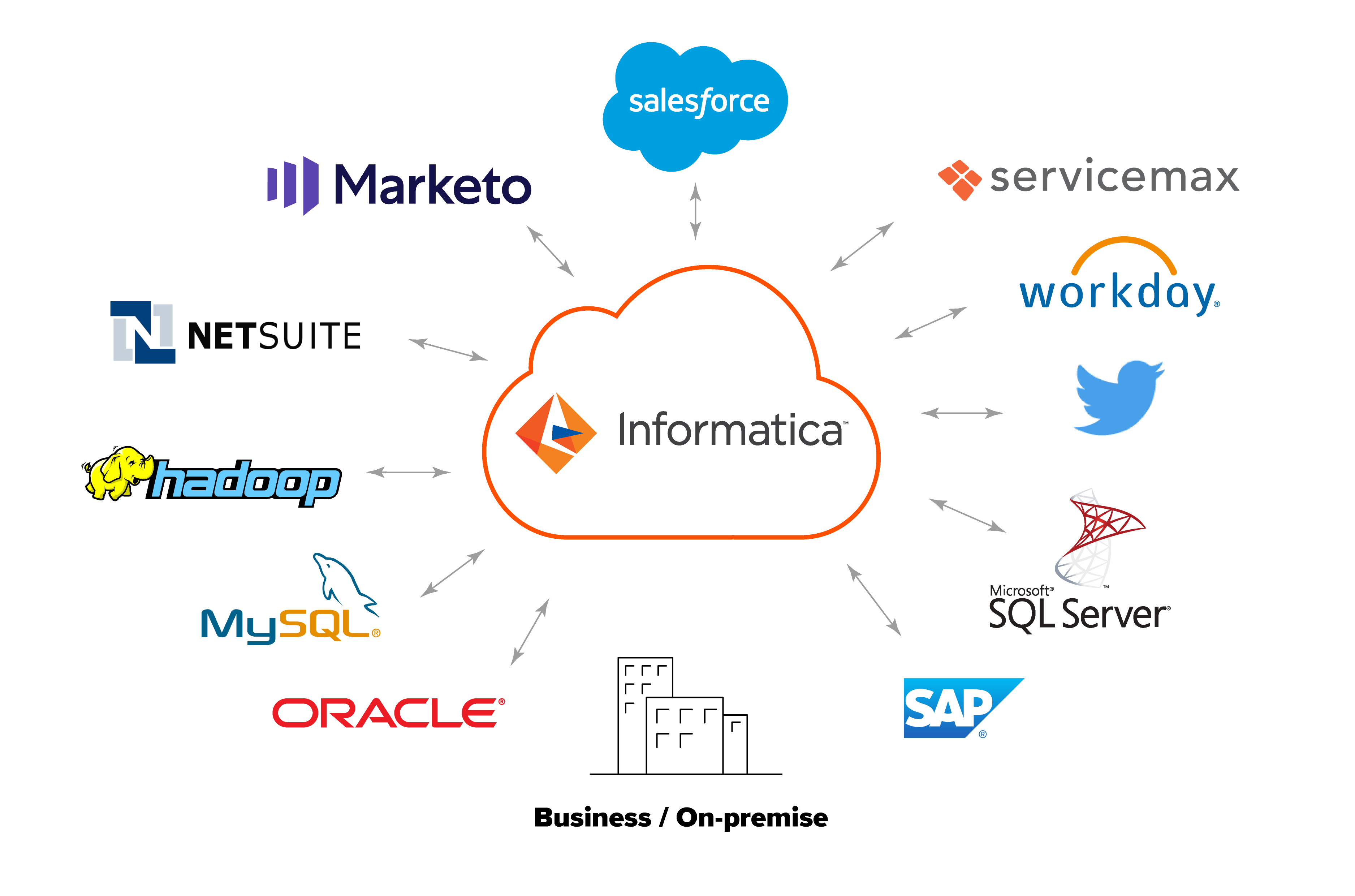
Boomi
Recognized as a leader in iPaaS, Boomi enables teams to build integration solutions quickly. In one project, connecting SAP SuccessFactors with a client’s HCM system, a prototype built with ESB technologies took nearly ten times longer to implement compared to Boomi. This efficiency makes Boomi a strong option for organizations that need rapid results.
MuleSoft
MuleSoft, a SoftServe alliance partner, is a Gartner Magic Quadrant leader for both iPaaS and API management. Its platform provides a developer-friendly environment, especially for Java programmers, allowing more control at a lower level than many other iPaaS solutions. By combining APIs and integration in a single platform, MuleSoft makes IT assets modular and reusable, helping organizations build scalable, adaptable, and future-ready application networks.
Google Apigee
Apigee, part of Google Cloud, is recognized as a leader in full life cycle API management. It offers robust tools for managing traffic, handling errors, securing services/ API calls, and documenting APIs. Apigee is especially strong for building API proxies — RESTful, HTTP-based APIs that connect diverse systems and services, making it a natural fit for organizations already working in the Google Cloud ecosystem.
CONCLUSION
iPaaS have transformed how enterprises connect systems, manage data, and deliver applications. By simplifying complex tasks such as data transformation, security, and deployment, iPaaS allows organizations to focus on solutions that drive business value rather than spending time on low-level integration work.
With capabilities like ready-to-use connectors, API management, and support for modern architectures, iPaaS enables faster, more scalable, and more reliable integrations across both cloud and on-premises systems.
SoftServe has a global team of iPaaS experts ready to help you adopt, optimize, and scale your integration solutions. Maximize the value of your IT investments and build integration networks that are flexible, efficient, and ready for the future.
Start a conversation with us
